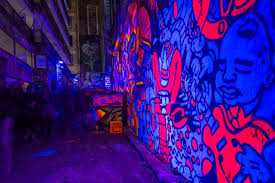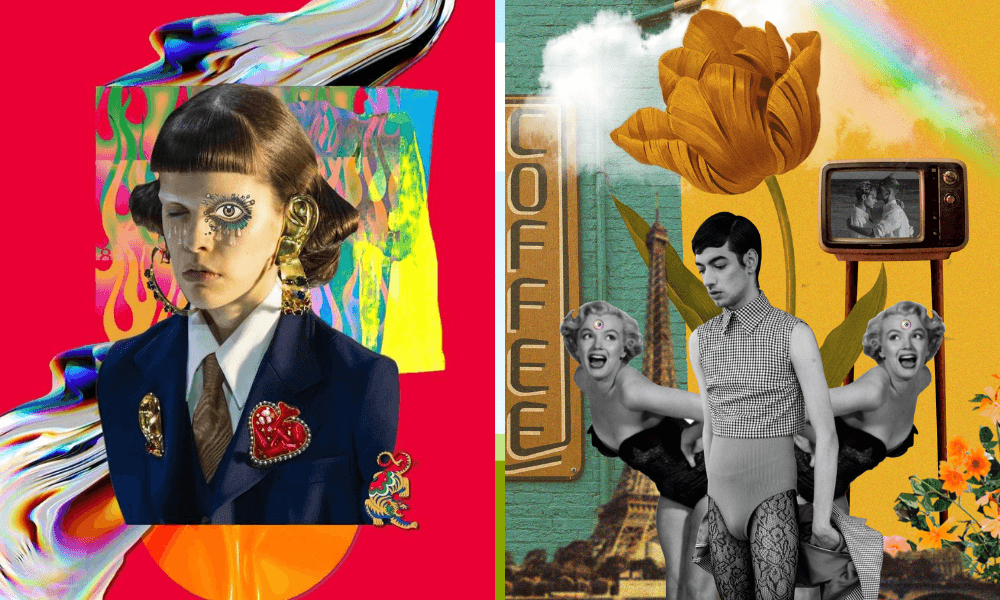
Menu

Swiss landscape painting, especially during the 19th century, played a crucial role in shaping the visual identity of Switzerland. This artistic movement, often associated with Alpine Romanticism, focused on the majestic beauty of the Swiss Alps, tranquil lakes, and rural scenes. Artists captured not just the physical grandeur of the landscape, but also its emotional and national significance.
One of the most iconic painters of this period was Giovanni Segantini, an Italian-Swiss artist whose works celebrated the harmony between humans and nature. His panoramic Alpine scenes often depicted shepherds, mountain life, and sweeping valleys bathed in ethereal light. Segantini’s paintings, such as The Punishment of Lust or Life, Nature, and Death, not only illustrated the Alpine environment but also reflected spiritual and philosophical themes.
Another influential figure was Alexandre Calame, known for his dramatic and highly detailed depictions of the Swiss Alps. His works showcased Switzerland as a land of sublime beauty and danger, reinforcing a romanticized view of nature’s power and purity. These paintings were popular not only in Switzerland but throughout Europe, appealing to a growing interest in the picturesque and the sublime.
The rise of Swiss tourism in the 19th century also contributed to the popularity of these artworks. Paintings of Alpine landscapes were often turned into postcards and prints, becoming cultural symbols of Swiss identity and attracting visitors from around the world.
In essence, Swiss landscape painting during the Romantic era was more than aesthetic—it was a national expression. It offered a deep emotional connection to the land, inspired pride in Swiss heritage, and left a lasting mark on the country’s artistic legacy.



